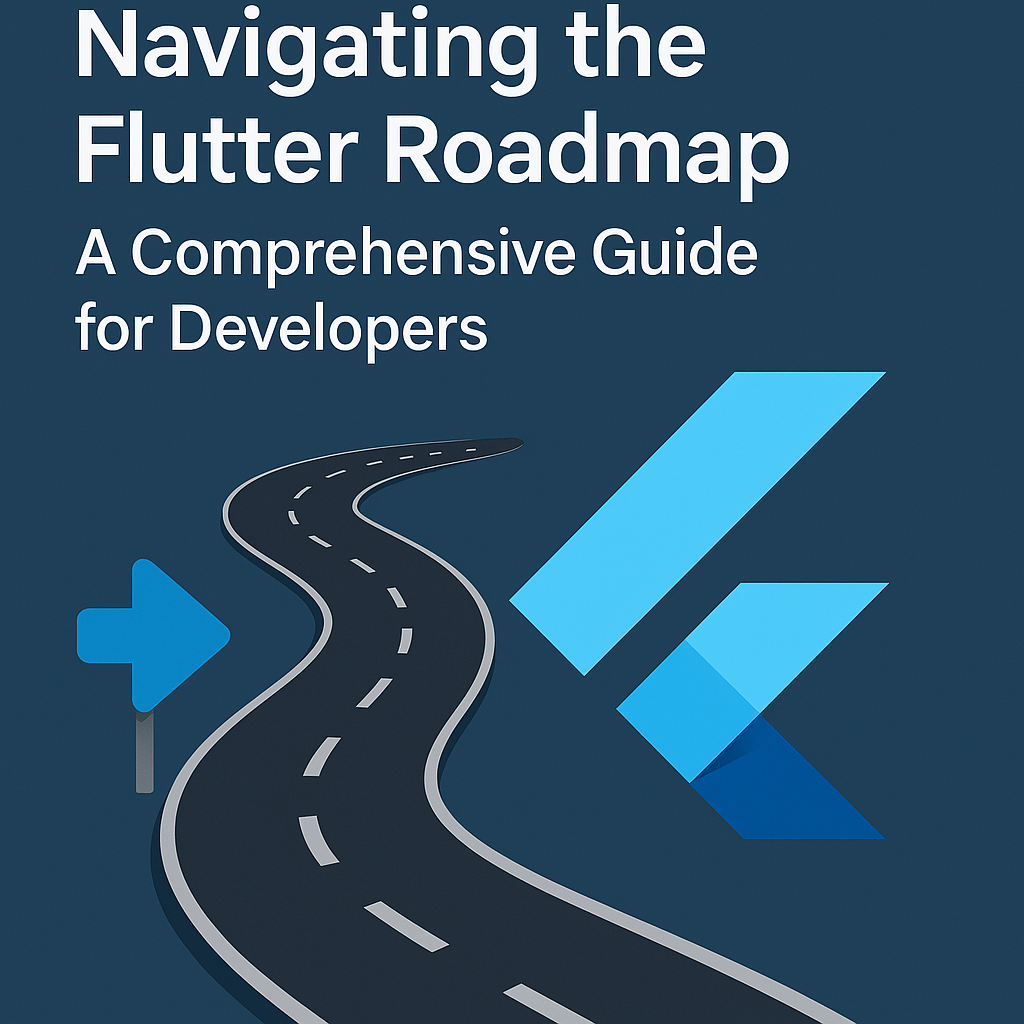
Brahim Mihfad
 Flutter roadmap, Flutter development guide, Flutter future updates, Flutter 2025, Flutter for developers
Flutter roadmap, Flutter development guide, Flutter future updates, Flutter 2025, Flutter for developers
 0 comment
0 comment
 22 Jun, 2025
22 Jun, 2025

The Flutter roadmap outlines the planned improvements, features, and long-term goals set by the Flutter team at Google. It includes milestones for:
Framework enhancements
Tooling upgrades
Performance optimization
Platform-specific improvements
Ecosystem growth (e.g., packages, integrations)
You can find the official roadmap on the Flutter GitHub project board and Flutter.dev's official channels.
Improved iOS and Android parity
Enhanced Material 3 (Material You) support
Better camera, maps, and native plugin APIs
Stabilizing desktop support for Windows, macOS, and Linux
Web performance improvements (CanvasKit and DOM renderer)
PWA (Progressive Web App) enhancements and SEO
Dart 3.x with sound null safety and records
Expanded pattern matching
Native concurrency improvements with isolates and upcoming async features
Official Firebase and third-party plugin integrations
Tooling support for package maintainers
Migration guides and automated fixes for breaking changes
VS Code and Android Studio improvements
Flutter DevTools: UI debugging, memory analysis, performance profiling
Hot reload/hot restart speedups
Watch Flutter’s GitHub pull requests and changelogs
Subscribe to Flutter’s Medium blog or YouTube channel
Try the latest features in Flutter Beta or Master channels
Provide feedback and file issues to help shape feature development
Get familiar with DevTools and automated testing
Use CI/CD pipelines (e.g., GitHub Actions, Codemagic)
Audit dependencies regularly
Use flutter pub outdated to track upgrades
Follow popular package maintainers and communities
Flutter is poised to become a unified framework not just for apps, but for multiplatform user experiences. Expect:
Embedded Flutter on devices (e.g., cars, appliances)
Rive, Flame, and game engine integrations
AI and LLM integrations for smarter UI
Better performance for foldables and wearables
Discord, Reddit: r/FlutterDev
YouTube creators like Flutter Explained, Reso Coder, Fireship
Build with the future in mind. Use best practices that align with evolving standards (e.g., Material 3).
Adopt incrementally. You don’t have to jump on every beta, but stay informed.
Contribute. Open source contributions to Flutter help shape its direction—and deepen your understanding.
Brahim Mihfad
0 comment